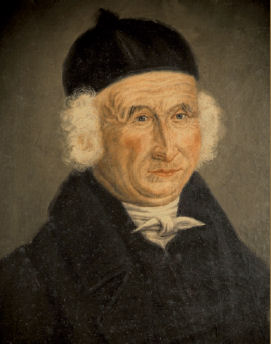There are 39 categories of forbidden activities in Shabbat. They are called melakhot. Melakhot are not necessarily hard work (see here), but (most of them) creative activities or modifications in nature.
One of the 39 melakhot is "lighting" a fire (hab'arat esh). The special thing about "lighting" is that while none of the other forbiddenmelakhot was specified in the Tora, lighting a fire was singled out in a special pasuq: lo teba'aru esh (Shemot 35:3) "Do not light a fire...on the day of Shabbat".. The rabbis reasoned that lighting was single out as an example of a melakha and they learned from it that each melakha is a prohibition in itself.
It could also be argued that perhaps fire was singled out as an example, because fire is nature's most important agent of modification: metals are modified by fire, food is prepared with fire, cold is defeated with fire. And later on, with fire men produced machines moved by vapor and heat, which brought about the major sources of energy, which brought industrialization and the beginning of modern technology (Penine Halakha).
During Shabbat we elevate ourselves above the level of altering, modifying and improving the physical world. We rest from our working routine to modify, advance and improve our individual and family values and spiritual lives.
During Shabbat we are forbidden to light or ignite any fire. Regardless of its size or intensity. It could be a big fireplace or a small match.
Also, any way of producing a fire is forbidden: using a match, a lighter or even by solar heat through a magnifier glass, etc.
The Tora also forbids on Shabbat to transfer a fire from an existing fire or even to increase an already ignited flame by adding oil, wood, gas, etc.
(to be continued)
Shabbat Shalom!
Candle lighting in NYC: 7:37 PM
Shabbat ends in NYC: 8:46 PM
ONE OF THE MOST BEAUTIFUL and INSIGHTFUL PRESENTATIONS I HAVE EVER WATCHED!
